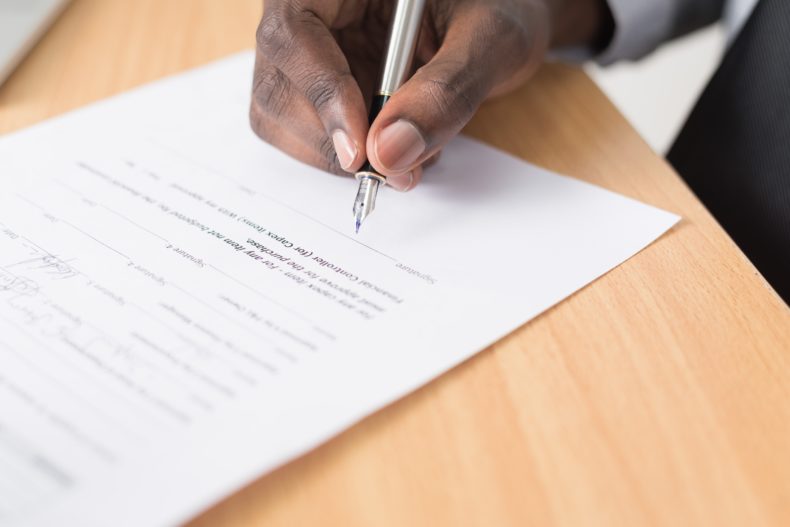The Coronavirus Aid, Relief, and Economic Security (“CARES”) Act established a $2T stimulus package to support the economy during the COVID-19 crisis. Section 1110 of CARES expands eligibility and allocates $10B of additional funding for Small Business Administration’s (“SBA”) Economic Injury Disaster Loan (“EIDL”) program. There are important distinctions between EIDLs and the new Paycheck Protection Program (“PPP”) outlined below.
What is an EIDL?
An EIDL is a form of federal assistance to help small businesses experiences losses due to a disaster. Eligible small businesses can borrow up to $2M. The actual size of the loan is based on need and financial loss incurred due to the disaster. This application guide by the US Chamber of Commerce outlines the application process.
Loan Terms
- Amount: $2M maximum dependent on actual loss/injury
- Interest Rate: 3.75% for small businesses; 2.75% for non-profits
- Term: Up to 30 years
- Deferment: Deferred principal and interest payments through 2020
- Use of Funds: Working capital such as payment of fixed debts, payroll, accounts payable, employee sick leave.
*EIDL funds cannot be used for the same purpose (e.g. rent, payroll) as PPP loans. Businesses may apply for both, but EIDL funds must go towards expenses unrelated to the PPP loan. It is important to understand the use of the loan and determine which program is right for you.
$10,000 Grant
As mentioned, any applicant may receive a $10,000 grant to be distributed within 3 days of the application. This provision is an emergency grant offered to businesses in substantial risk of bankruptcy due to the disaster. The funds must be used for payroll expenses, employee sick leave, rent or mortgage payments, and other eligible expenses under the EIDL program.
EIDL vs. PPP – Key Differences
Considering an EIDL may impact your ability to take a PPP loan, be sure to understand the differences of each program. The primary benefit of an EIDL is the emergency component wherein an applicant will receive the $10,000 grant within 3 days of the application. This is useful for companies on the edge of bankruptcy and require a small sum to remain in business. Generally, the PPP offers superior terms in part due to the increased amount of the loan and loan forgiveness provision cover 8 weeks of expenses that does not need repaid. A few important differences are below:
|
Economic Injury Disaster Loan |
Paycheck Protection Program |
| Administered directly by the SBA; the application on SBA website. | Borrowers apply at their typical bank or an SBA approved lender. |
| $10,000 emergency grant available to applicants to be distributed within 3 days of application even if the application is denied. | Loan amount used towards 8 weeks of eligible expenses is forgiven. |
| $2M loan limit. | $10M loan limit. |
| Personal guarantee/collateral required for loans over $200,000. | No personal guarantee or collateral require. |
| More stringent approval process dependent on creditworthiness. | No proof of ability to repay required; no need to attempt to obtain credit elsewhere. |
This post is provided for general information purposes and is not legal advice. As always, if you have any questions about this post or how it might impact your business, contact one of our attorneys.

